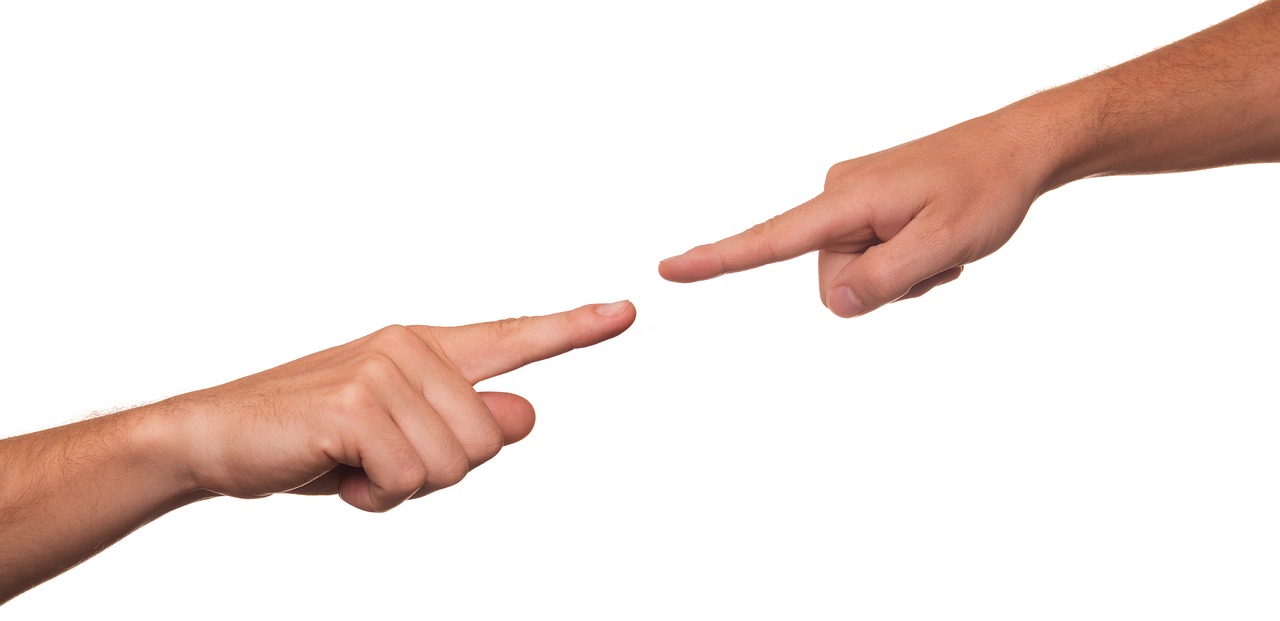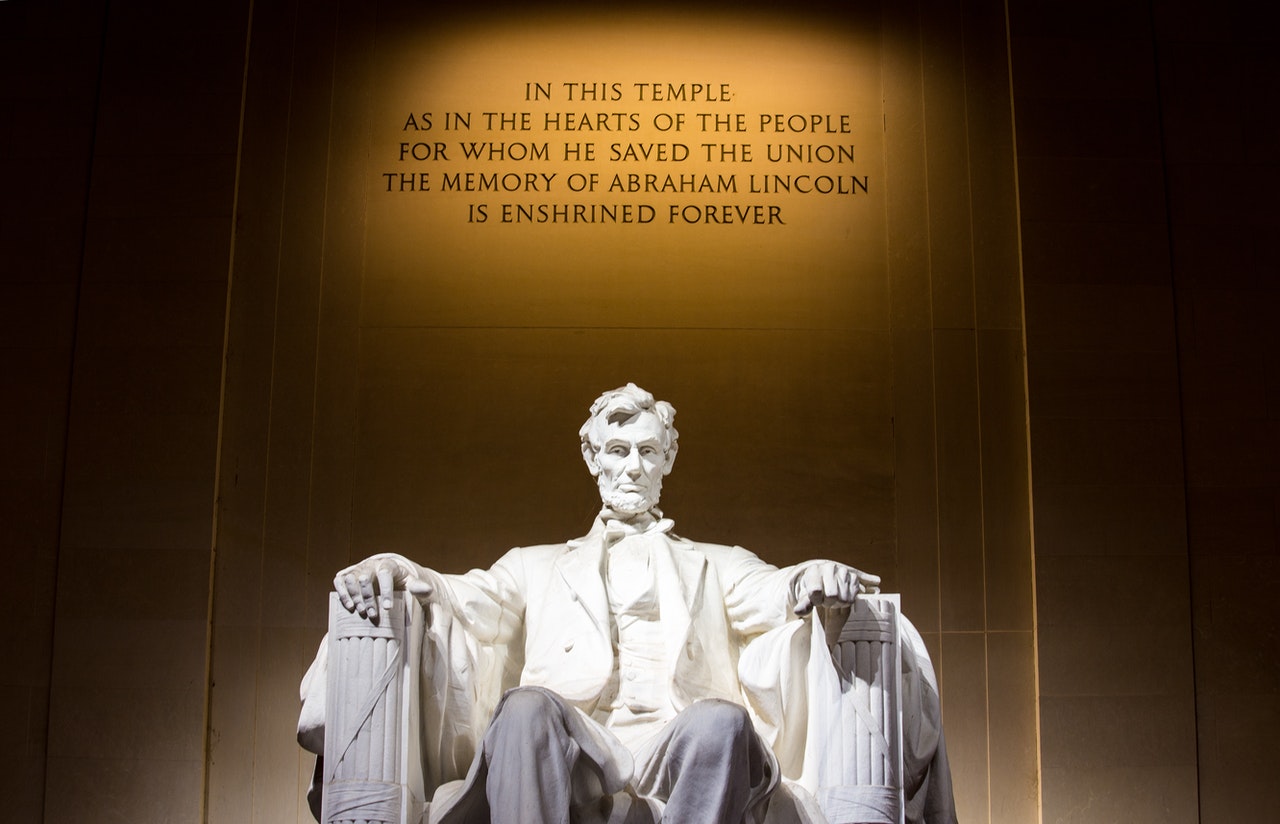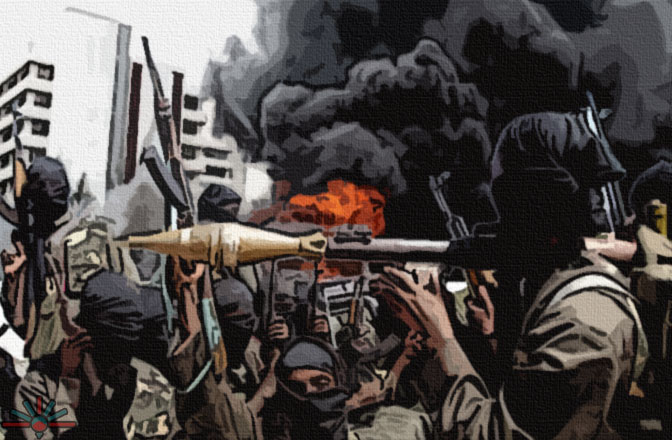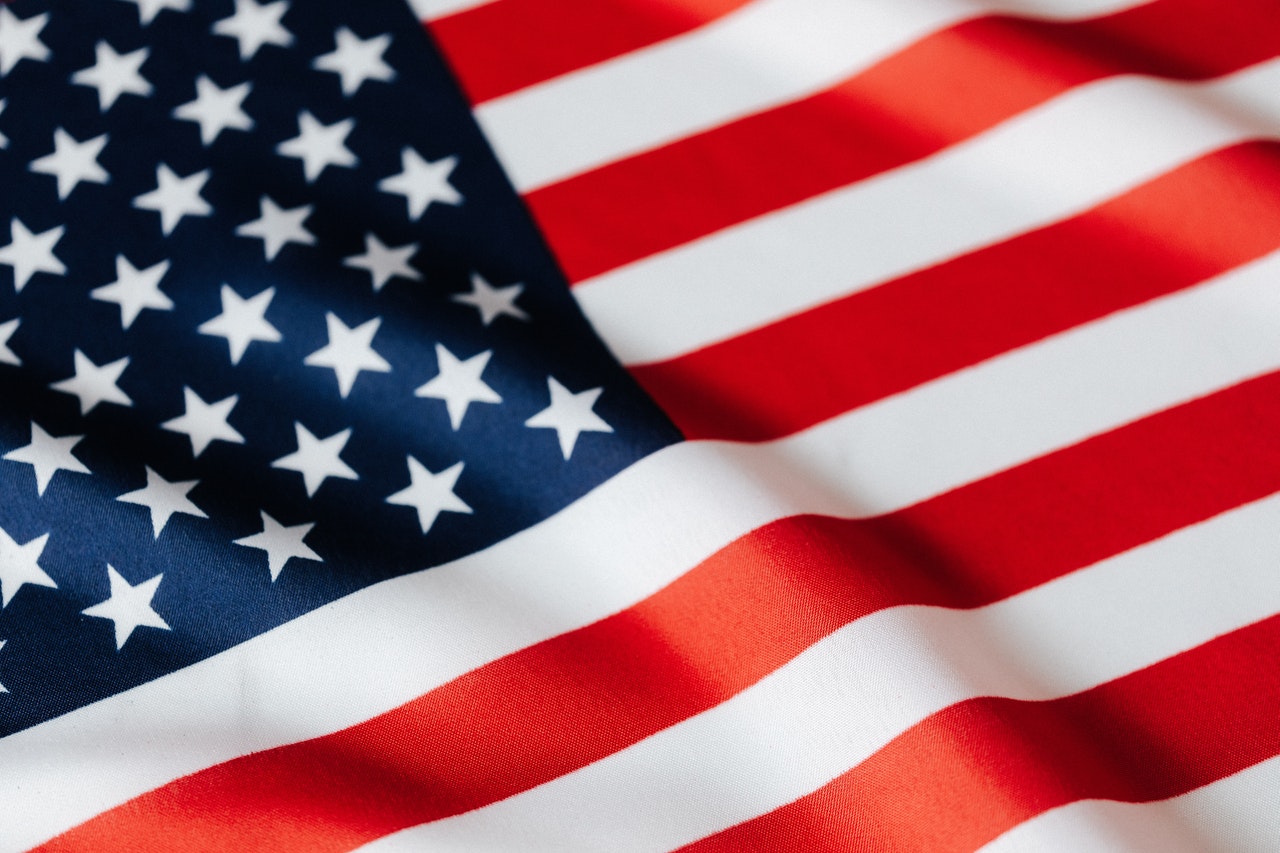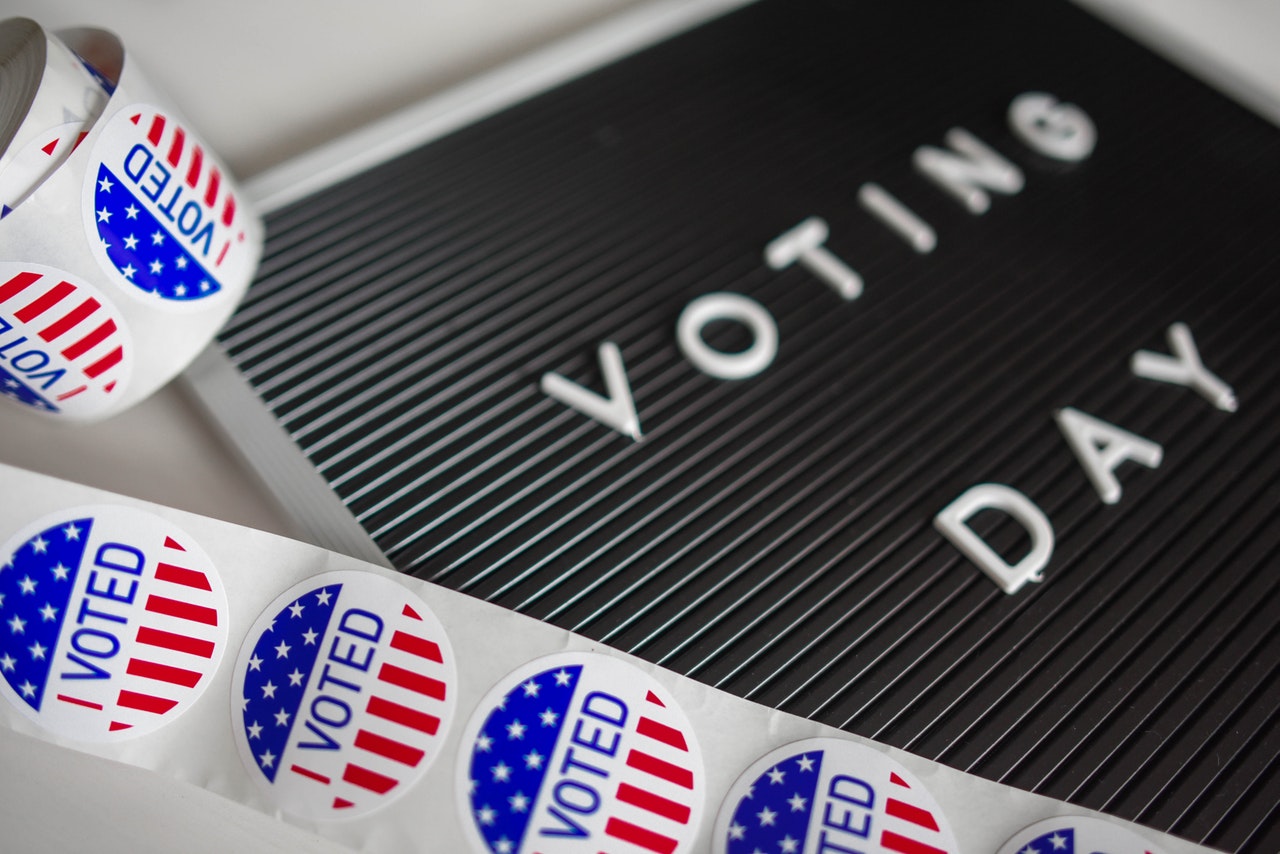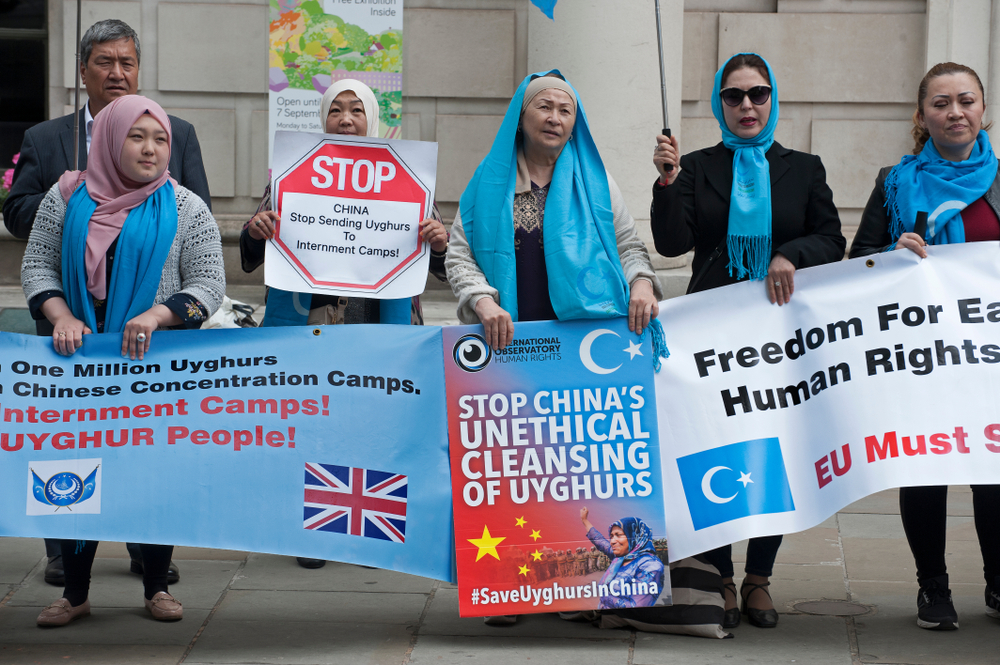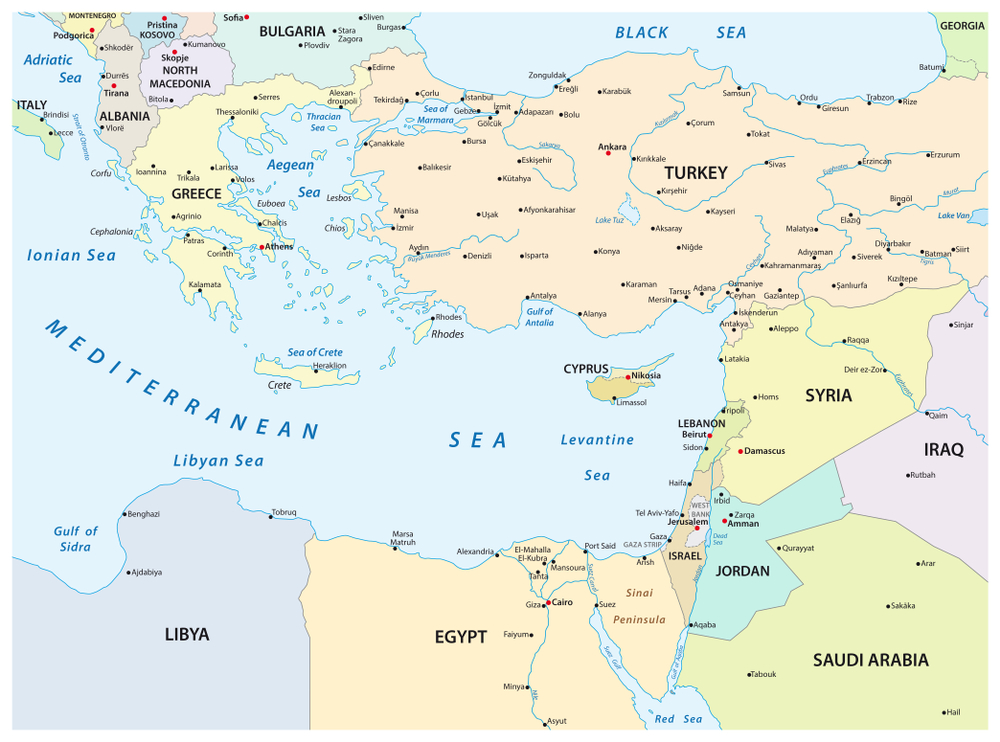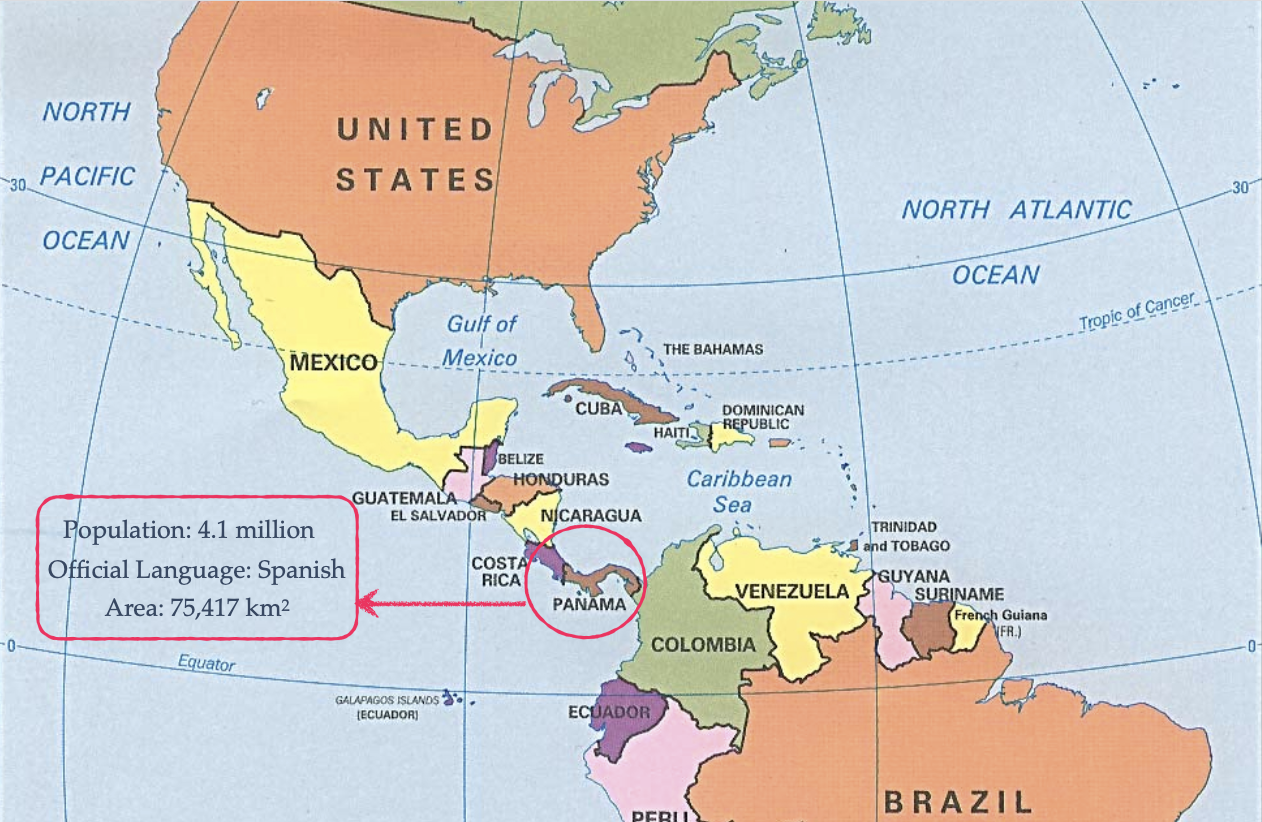Reading Time: < 1 minutes
- Left-wing & right-wing is a broad classification of what people/parties stand for.
- It was first used during the French Revolution in 1789.
- Left stands for equal society and wants the government to drive it; it wants increased regulation on businesses and higher taxes on the rich.
- Right says differences between rich and poor will remain and that increased taxation slows the growth and too much regulation limits innovation.
- But it is not that a party can be only Left or only Right.
- It is a spectrum, and depending upon what it stands for, a party can take any position on the spectrum, i.e., centre left, far left, centre right or far right.
- It could also be that a party has a right-wing ideology on economic matters but a left-wing view on social matters.
- For example, a party may be in favour of same-sex marriage (Socially Left) but doesn’t believe in business regulation (Economically Right) or against multinationals’ entry into a country (Economically Left) but in favour of individual right to own guns (Socially Right).
- There could be many aspects that are beyond social and economic matters, and rarely will people fit neatly on this classification spectrum.
- Therefore, parties judge themselves as Left or Right based on where the other political parties are on the spectrum.
- The two extremes of this spectrum are Communism on the Left and Fascism on the Right.
- Famous examples of Left-leaning Parties are Labour (Australia, UK), Democratic (US), and Congress (India).
- Famous examples of Right-leaning Parties are Liberal (Australia), Conservative (UK), Republican (US), and BJP (India).
Image courtesy of Jørgen Håland through Unsplash
Reference shelf :


